Imagine stepping foot onto the fertile and lush land of Konkan, where nature thrives and the westerly winds from the Arabian Sea bring cooling monsoons. This region is home to a variety of flora and fauna, including the beloved Kokum Tree. Native to the area, Konkanis have been utilising Kokum Syrup (kokum fruit juice) for centuries as a souring agent, medicine, and even as an elixir for life. Don't just take our word for it, plan a trip to Konkan to witness the magic firsthand.
As we explore the roots of various souring agents, we discover a rich tapestry of regional differences and cultural influences behind them. Who knew that tomatoes, so ubiquitous in modern Indian cuisine, are not a traditional souring agent? And how fascinating that curd and yoghurt take centre stage in northern Mughalai cooking while vinegar reigns supreme in the flavourful dishes of Goa! No matter where your taste buds take you, there's always a new souring agent to savour and celebrate. Whether it's tamarind, lemon, kokum, vinegar, or something entirely unexpected, each ingredient brings its unique touch to the table.
There are so many unique and delicious ingredients used in various Indian cuisines. Take for instance anardana and amchur, which are staples in dishes from Uttar Pradesh and Bihar. Moving down to the southern parts of the country, tamarind is a must-have ingredient for curries, sambhars, and stews. And let's not forget the zesty addition of lemon, which finds its way into countless dishes across the subcontinent.
Discovering the different spices and flavour profiles used in Indian cooking is truly a culinary adventure!
Why we use souring agents like kokum agal or any other for a specific dish?
1) Tamarind
This versatile ingredient can create a perfect balance between sweet and savoury - from mouth-watering curries to tangy juices and carbonated drinks. You can even use it to make delicious chutney! If you find tamarind too tart, simply sweeten it with Kaakvi or jaggery to create a delicious taste explosion in your mouth. It may not be a complete substitute for Kokum, but it sure comes close!
Disadvantages
Tamarind's acidic content can cause some digestive issues and even corrode tooth enamel. It may interfere with antibiotics and worsen digestive issues. If you experience any allergic reactions like rashes or itching, consult your doctor immediately. But don't let that stop you - there are still plenty of meals to make with this tasty ingredient!

2) Lemons
Did you know that by adding lemon juice to marinating, you can break down raw meat and infuse it with delicious flavours and much-needed moisture? In India, lemon pickles and mixed pickles are popular ways to enjoy zesty fruit. You can add a splash of lemon juice at the beginning or end of cooking to give your dish a light and tangy twist.
Disadvantages
The high acidity in lemons can harm your teeth. Lemon juice has also been linked to migraines and can exacerbate stomach issues. If you suffer from canker sores, be wary of lemons as they may make them worse. The skin of lemons sometimes harbours harmful bacteria.
3) Vinegar
This versatile liquid is a condiment with unique characteristics that enhance any dish it touches. Whether you're cooking up a storm in the kitchen or experimenting with new flavours, there's a vinegar variety for every occasion. From the sweet and delicate Rice Vinegar to the tangy and complex Balsamic, each type brings its personality and vibrancy to the table.
Disadvantages
Vinegar, in particular, is known to harm tooth enamel. If you suffer from acid reflux, consuming vinegar may make your symptoms even worse. Plus, if you have kidney disease, it's important to be cautious about consuming excess acid, which vinegar can contribute to. So, while vinegar may be tasty and useful in cooking, it's important to be mindful of how much you're consuming and its potential effects on your health.
Where does Kokum Agal stand among these souring agents?
Not only does Kokum Agal boast a unique flavour, but it also packs a host of medicinal properties. Its star ingredient, Garcinol, is an anti-bacterial, anti-viral, and antioxidant agent that makes it a functional food with loads of health benefits. With a high ORAC (oxygen radical absorption capacity) value, this souring agent is a winner in taste and health.
Many nutritionists claim that recent research has uncovered the amazing power of kokum - a fruit native to India - it claims to inhibit cancer growth. The special compound found in kokum, called garcinol, has been scientifically proven to suppress the enzymes contributing to cancerous cell growth.
i) Malvani Fish Fry with Kokum Agal
Ingredients:
| For Marination: | For Coating: |
| 2 medium-sized pomfrets sliced into pieces | ½ cup rice flour |
| 2 tbsp kokam agal | ½ cup rawa or semolina |
| 2 tbsp malvani masala | ½ tsp chilli powder |
| salt to taste | little salt |
| oil for shallow frying |

Method:
- Mix the Kokam agal and Malvani Masala to form a paste. Add salt to taste. The paste should be fine but thick, so it sticks and coats the fish pieces properly.
- Clean, wash and keep the fish pieces aside.
- Marinate the fish pcs in this paste. Mix well and refrigerate for at least 30 mins.
- Heat an Iron girdle.
- Take the fish pieces and roll them in the rice flour mix so that they are coated on all sides.
- Add a little oiil around 1 to 2 tsp. on the pan and shallow fry the fish on the pan. Once they are nice and golden brown from one side, flip them over and fry till golden brown on other side.
- Drain on absorbent paper. Serve hot. Enjoy!
ii) Kokum Tival or Phuti Kadhi
Ingredients:
| ¼ cup Kokum Agal | 2 tbsp Aazol Kaakvi: Liquid Jaggery |
| 3 cups warm water | a pinch of asafoetida |
| 2 green chopped chillies | 2 tsp chopped coriander leaves for garnishing |
| salt as per taste |

Method:
- In a vessel/large bowl, add warm water.
- Add kokum juice, chopped green chillies, salt, sugar and asafoetida. Mix well.
- Cover the vessel and keep it aside for 30 minutes.
- After 30 minutes, strain the mixture and pour into glasses.
- Garnish with chopped coriander and serve, either at room temperature or chilled.
- It tastes best when chilled.
iii) Sol Kadhi Recipe
Ingredients
|
1/4 cup Aazol’s Kokum Agal |
3 – 4 cloves of garlic |
| ½ cup water |
1 tsp cumin seeds |
| 2 cups coconut milk |
sprigs of fresh coriander |
| 1 – 2 small chillies |

Method:
- Pour the liquid ingredients into a blender.
- In a mortar and pestle, crush chillies, garlic, cumin seeds, and coriander.
- Add them to the blender and blitz.
- Fill two glasses with ice and pour the mixture.
Conclusion
The enjoyment of food is something that goes beyond the taste and aesthetics of culinary creation. At an inherent level, our love for food needs to be balanced by different flavours so it can also benefit our physical and mental health in the long term. Aazol's Kokum Agal is a pure natural extract that has been around since ancient times but now with more scientific studies, we can appreciate its medicinal benefits especially when used in traditional cooking methods.
Translated, this means that every time you sprinkle some Aazol’s Kokum Syrup in your favourite dish or beverage, there’s tradition and healthiness intertwined into each bite adding harmony to your palate with just enough charm for you to celebrate happy mealtimes. So, if you’re looking for a natural solution to amplify the taste, texture and nutritional benefits of each dish, Aazol's Kokum Agal might be the answer - use it regularly and experience the simple joy that comes with eating healthily!
Author: Jinal Aidasani




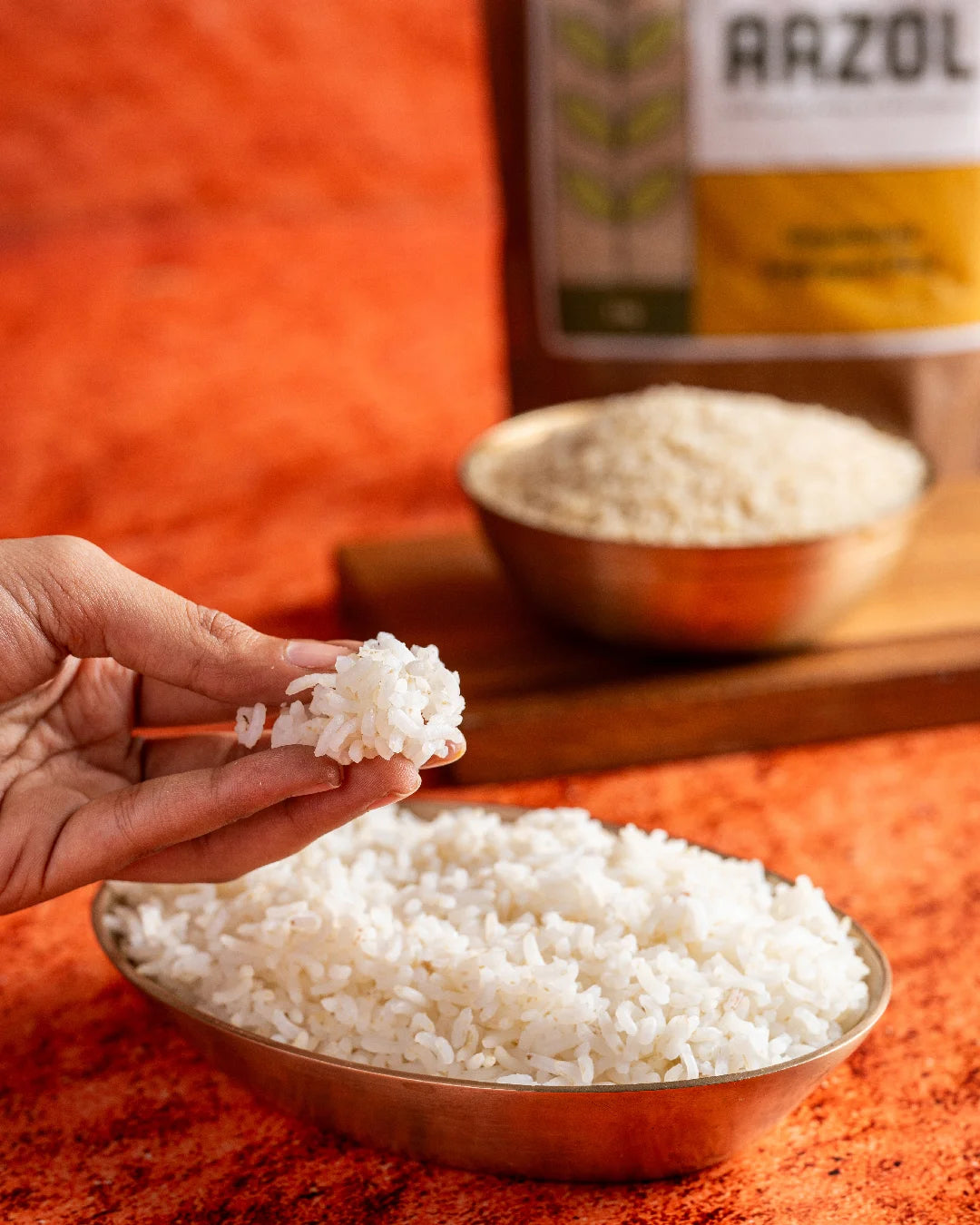


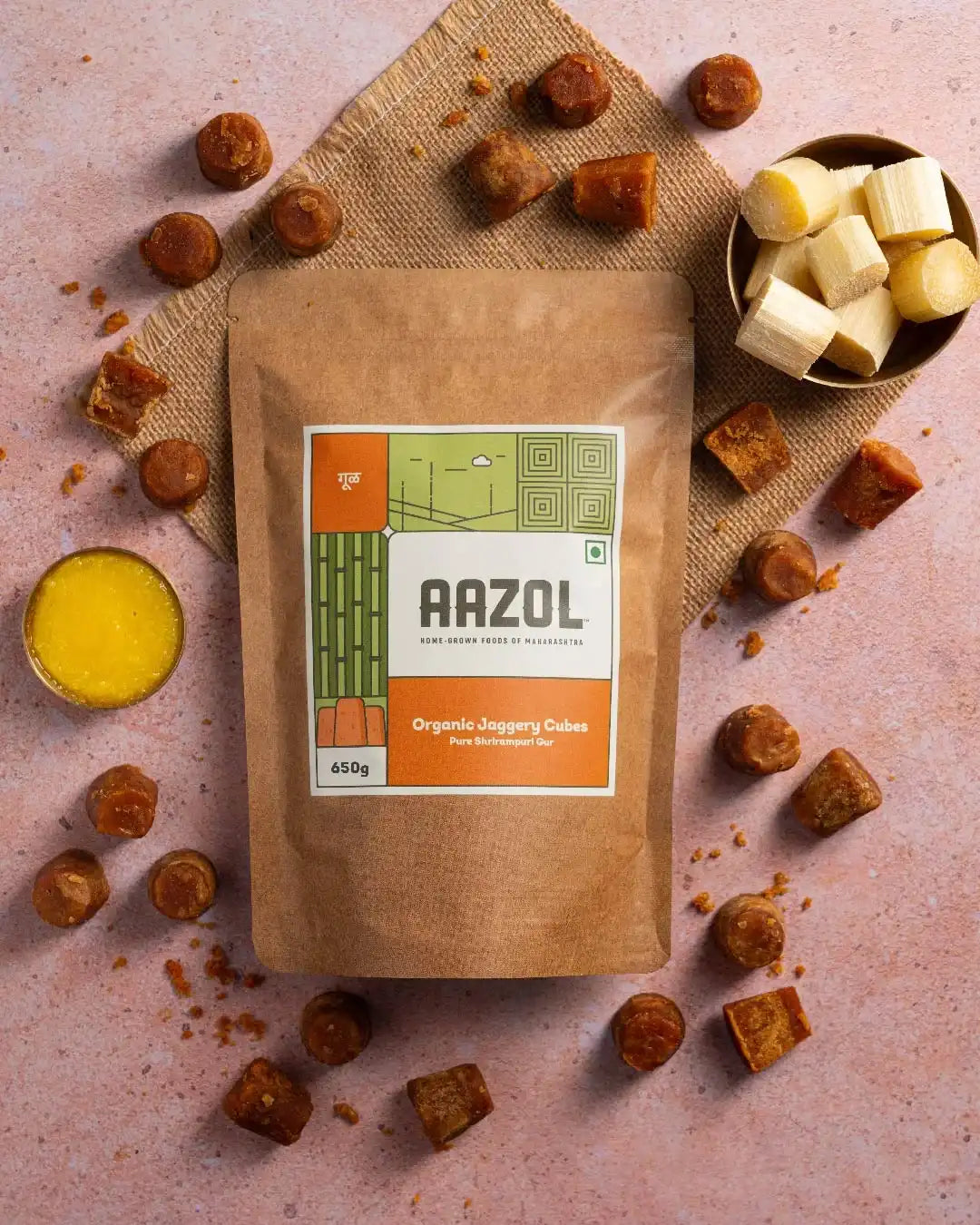
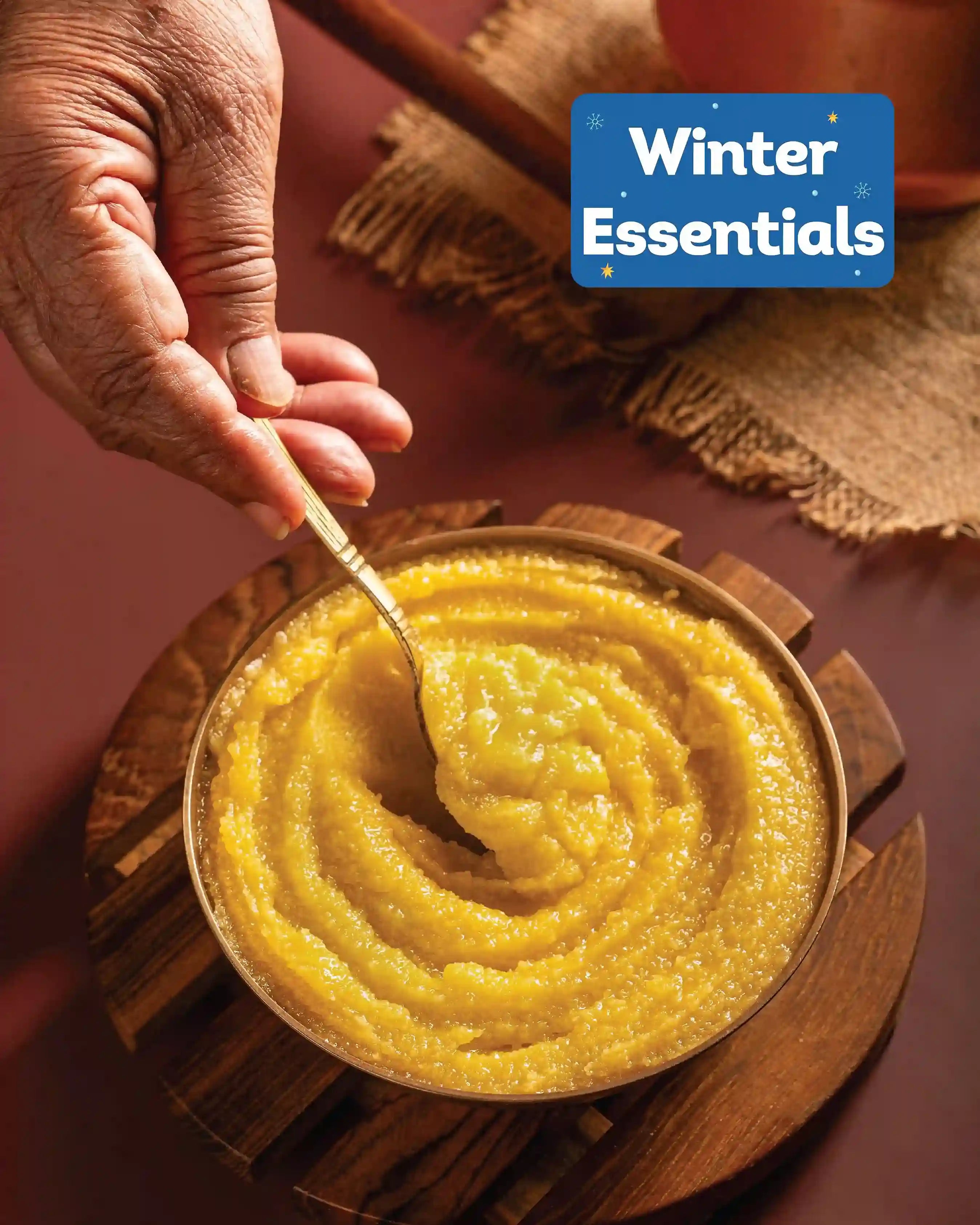
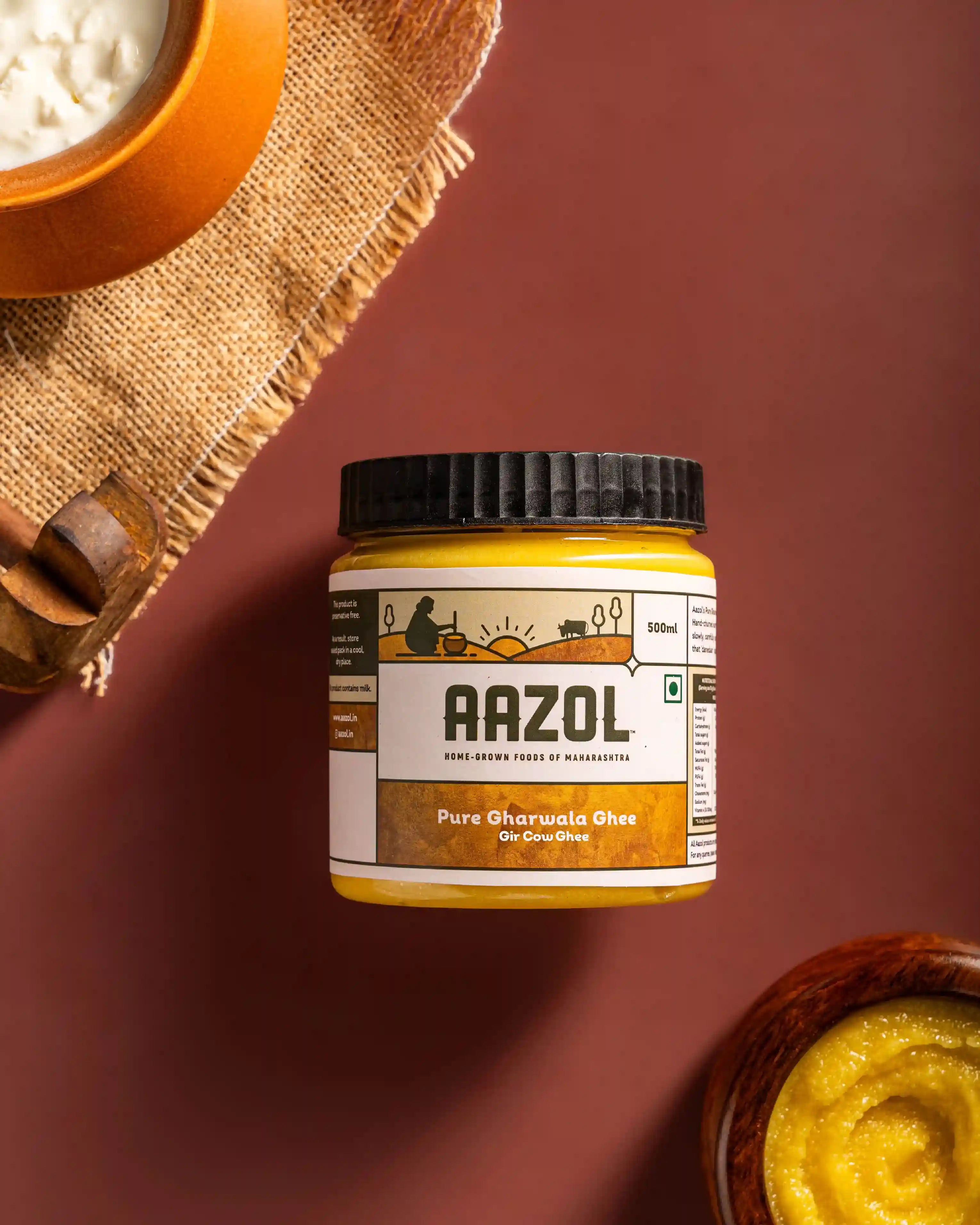
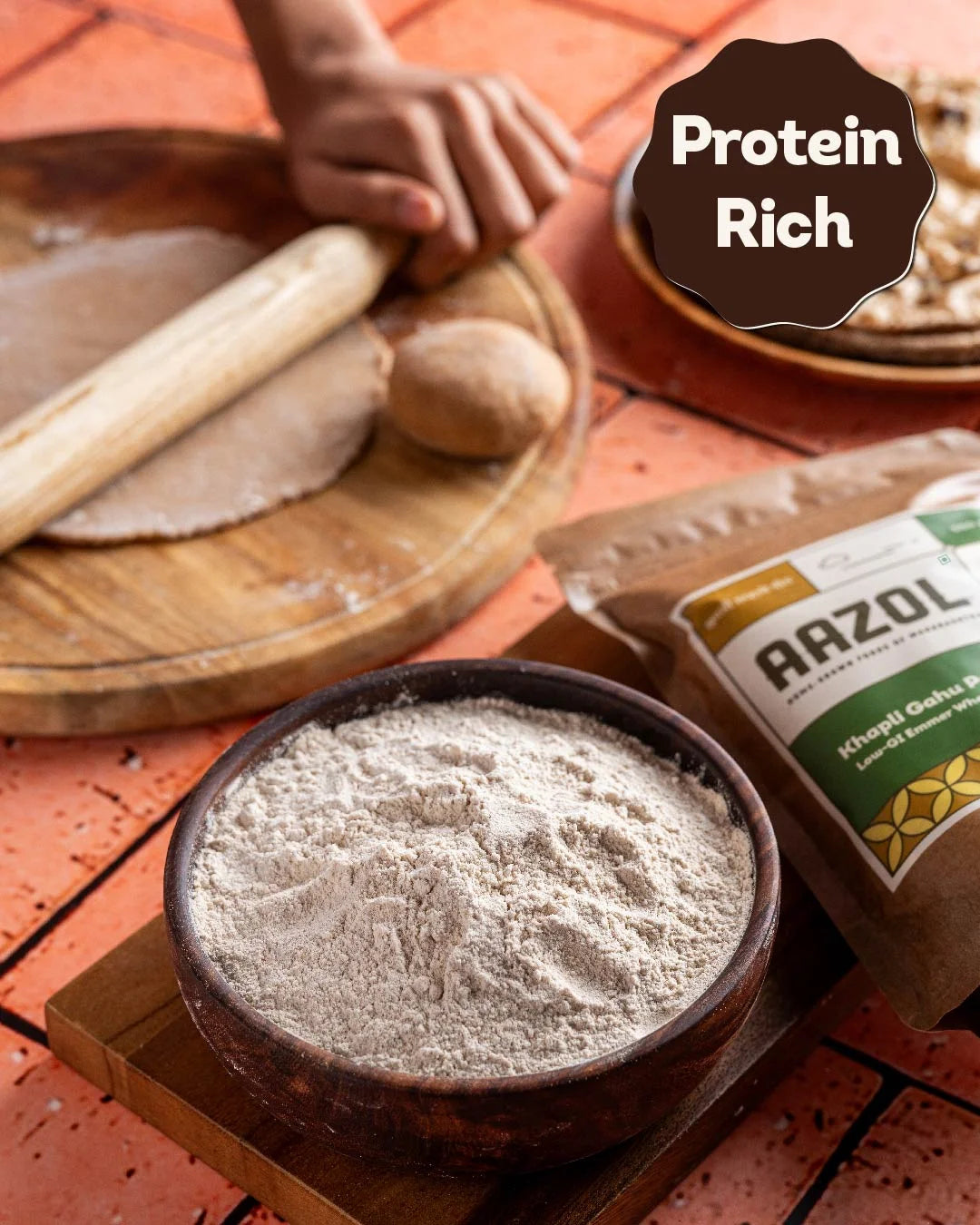
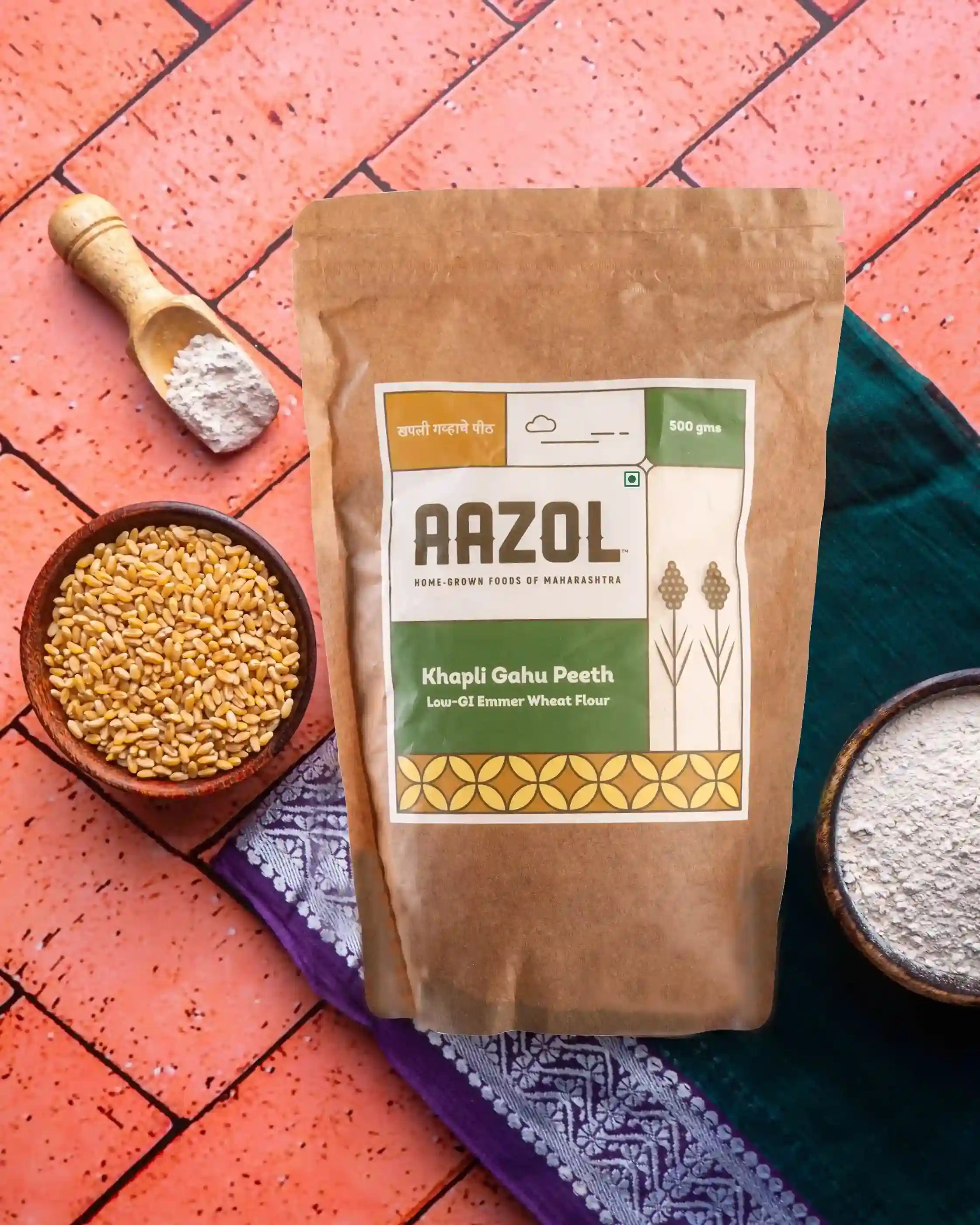
Comments (0)
Your comment may be featured to help others on a similar journey